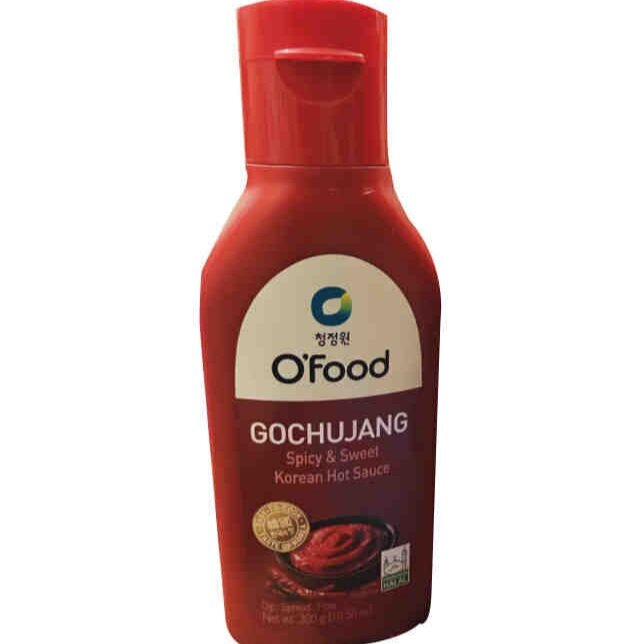Korean Halal Food Dishes
What is Halal?
Halal is an Arabic word signifying something is allowed according to the laws of the Islamic religion. If a food is Halal that means it is OK to eat but if it’s Haram, it’s prohibited. Very simply put. The biggest prohibited foods (that are commonly used in Korean cooking) are pork, gelatin, lard and meat stock. Alcohol is expressly forbidden as well- this includes cooking alcohol.
islam in Korea
Islam is a minority religion in Korea but there are mosques in parts of the country. Seoul Grand Mosque is located in Itaewon.
There are about 100,000 Muslims living in South Korea. (Islam in Korea, Wikipedia 2014)
Are there halal restaurants in Korea?
There are numerous Halal restaurants in Korea. However, just because a restaurant receives certification does not necessarily mean it may meet strict halal standards. Keep in mind that most Koreans are not well-versed with halal procedures and assume it is a vegetarian diet.
There are 4 certifications that the Korea Tourism Organization has classified.
Halal Certified: By accredited agencies (Korea Muslim Federation).
Self-Certified: By Muslim restaurant owners.
Muslim-Friendly: Some halal options. Alcohol may be served on premises.
Pork-Free: No official halal options. Menu does not contain pork. Alcohol may be served on premises.
Muslim Friendly Foods in Korea (My Korea Trip)
11 Halal Korean Restaurants you must visit when in Korea (Have Halal Will Travel)
22 Muslim Friendly Korean Dishes Worth the Try when visiting Korea (TripFez)
Halal Restaurant Week Korea 2020 (Yearly Event)
What korean dishes are halal?
Preparing and cooking at home, you can have most Korean dishes adapted to your dietary requirements. I can’t think of any dish that can’t have pork substituted with something else or omitted completely.
Common Korean Foods needing little or no Substitutions to make Halal:
Vegetarian/BULGOGI BIBIMBAP: This is rice topped with various seasoned vegetables. Just use beef or omit it altogether. Common toppings are seasoned and fried eggs, spinach, bean sprouts and zucchini.
TTEOKBOKKI: Spicy rice cakes using anchovy broth.
Vegetarian GIMBAP: Rolled up rice burrito with veggie fillings only.
BULGOGI: This is thinly sliced beef marinated in soy sauce based marinade.
Vegetarian/Seafood/Beef DOENJANG JJIGAE, KIMCHI JJIGAE, SOONDUBU JJIGAE: Korean soups and stews.
Is GOCHUJANG HALAL?
The only issue you may encounter is that the main ingredients in Korean cuisine (Soy sauce, DOENJANG fermented soybean paste and GOCHUJANG fermented red pepper paste) are fermented products. The process of fermentation produces trace amounts of alcohol (which is haram- prohibited) but the same happens with yogurt, pickles and kefir.
Not only this, but it is common practice to add alcohol as a preservative to increase shelf life. There are products coming on the market processed differently bearing Halal certification. This article shows that there are technologies that can be used to certify Korean fermented products Halal (or not). Check out: “Electronic Nose Analysis of Ethanol in Gochujang for Halal Food Certification”.
To ensure products completely free from added alcohol used as a preservative, it’s best to stick with craft products(made by an artisan specializing in traditional methods). Or make it yourself.
How to make Gochujang at Home: The traditional way.
How to make Kind-of Gochujang at Home: The unconventional way with Medjool dates. This is far from authentic, but using GOCHUGARU (red pepper powder) to make a paste is essentially what GOCHUJANG is. It may not taste exactly the same, but it’s close enough when you have to make do with what you can!
other GOCHUJANG with Halal certification
Yoon Ji-Young’s Soy Sauce, Doenjang (fermented soy bean paste), Gochujang (red pepper paste) all use 100% non-GMO, Korean soybeans. They are fermented the natural, traditional way with only natural ingredients. No preservatives or additives. No alcohol.
Other Traditional Korean Dishes
Although they haven’t (yet!) become household names like TTEOKBOKKI or Korean BBQ, these dishes are real treasures and worth learning about. Use seasonal vegetables/plants/herbs to make it even more healthy!
Introducing: The Korean Hot Pot (JUNGOL)
BULGOGI JUNGOL: This is Korean hot pot. Ingredients are placed in a wide, shallow pan and it’s boiled hard and fast making an ideal one-pot weeknight meal. You can also enjoy the resulting sauce mixed into rice.
Load it up with sliced firm tofu, many kinds of mushrooms (Enoki, Shiitake, Oyster- but just plain ol’ White Button mushrooms work fine too), green onions and add chopped chili peppers if you’re so inclined. Marinade the beef in BULGOGI marinade, add all the ingredients pretty like a flower and pour over some water and sauce (soy sauce, garlic, sugar, sesame oil). You can also add glass noodles ( the clear noodles found in the dried ingredients section of the supermarket).
Cook on high for 30 minutes. Boom. Done.
Introducing: Korean Braised Short Ribs (GALBI JJIM)
GALBI JJIM: These are tender and sweet beef short ribs.
Boil the beef in am aromatic broth (garlic, leeks, bay leaves, peppercorn being basics). Boil for over an hour to get the meat nice and tender. Remove broth-making ingredients. Now add soy sauce, sugar (can cut down amount of sugar by also adding grated pear/apple), garlic, ginger, chestnuts (these are key!), carrots and potatoes.
You’re going to cook it again and simmer until much of the liquid has evaporated, leaving a nice glaze.
Halal Eating, not as easy as ABC in Korea (Korean Herald)
Is Seafood Popular in Korea?
There is a wealth of seafood dishes in Korea to enjoy. They are usually prepared simply (often raw to showcase freshness). This is a safe way you can experience some authentic Korean dishes in Korea, IMHO.
Seafood Grilling Restaurant: Think Korean BBQ. But with all kinds of shellfish.
Grilled Fish: Koreans love having grilled fish. Snapper, herring, mackerel, sole, flounder and more. The fish will most likely arrive whole, deboning it is DIY. Grilled squid is very common too.
Fish Markets: Choose your live specimen and wait while they prepare it fresh for you. Menu items can be sashimi-style (straight-up raw slices), soups, stews or grilled.
Reading through online, I find I can’t really recommend eating at just any local Korean restaurant with much confidence. You can stick to vegetarian/seafood versions of any dish, but if halal includes every step in the preparation process, it can get complicated (unless you can speak to the chef and verify). Soup stocks are commonly made using beef bones or dried anchovies but though less common, there are places that use pork broth. Also there may be alcohol (used as a preservative) in the cheap soy sauces most restaurants use. “Dine at your discretion” is a very apt phrase for this situation.







